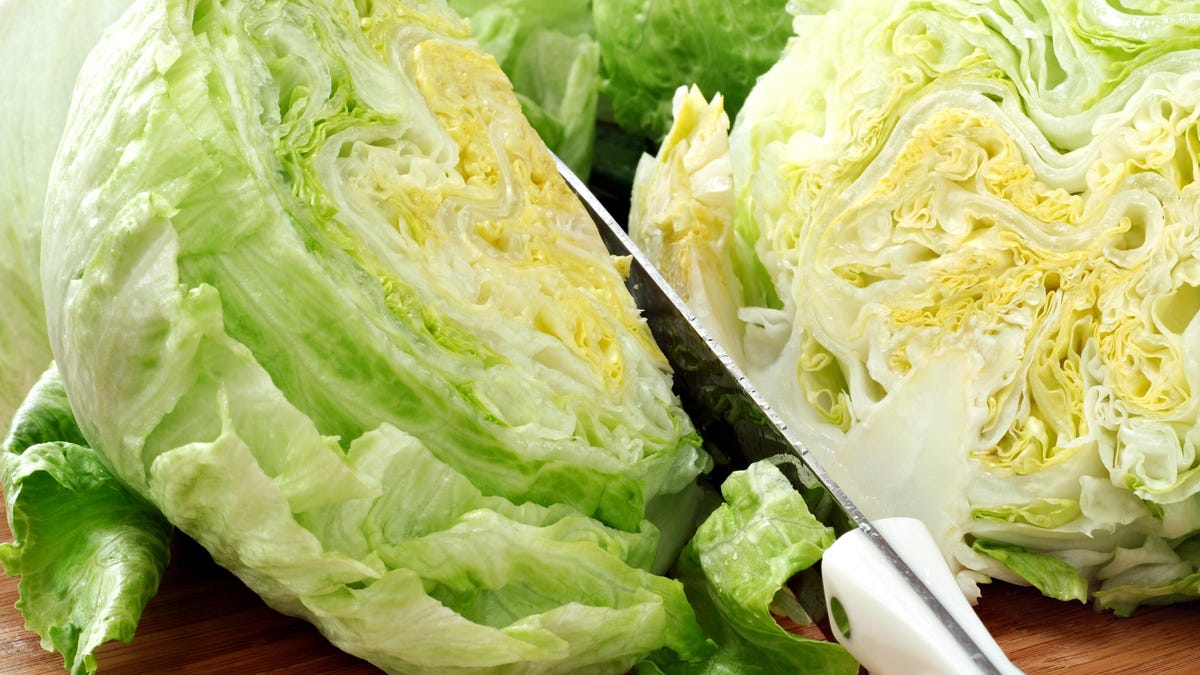How and Where to See the Planets Align in June
There's more to it than a "planet parade" on the 3rd.


Credit: Robert P Horton/Shutterstock
Between the recent solar eclipse, and the geomagnetic storms that made the Northern Lights visible as far south as Florida, the sky has been putting on quite a show lately. For its next act, groupings of five or six planets will align in the early-morning sky throughout the month of June.
Much of the reporting on the upcoming astrological event has focused on what's been dubbed a "planet parade" taking place on June 3, when six planets will appear in a straight line in the night sky. However, as multiple astronomy experts have noted, there have been some crucial pieces of information missing from this coverage—including the fact that planetary alignment isn't limited to June 3.
What is a "planet parade"?
A "planet parade" is an unofficial term some use to describe an alignment of multiple planets. As the planets in our solar system orbit the sun, there are times when, from our perspective on Earth, multiple planets appear in the sky in a straight line. While it's not unusual to see to a few planets in alignment, sightings of five or more are less common.
When, where, and how to see the planets in alignment this June
Per the majority of media coverage, six planets—Mercury, Mars, Jupiter, Saturn, Neptune, and Uranus—will appear in a straight line on the night of June 3. While those planets will, in fact, be in alignment on the 3rd, that's only part of the story.
The beginning of the month
For starters, it's not a rare, one-night-only occurrence. According to Scott Sutherland, a meteorologist with more than 20 years of experience, the six planets mentioned above, along with the waning crescent moon, will appear aligned in the pre-dawn sky from May 28 through June 5.
But don't expect to see all six planets lined up like a poster from your elementary school science class, in part, because Mercury, Jupiter, and Uranus won't make it above the horizon before the sun rises, Sutherland says. Mars, Saturn, Neptune, and the moon will be in formation before dawn, though you'll need a telescope or powerful binoculars to see Neptune.
The alignment will be visible from most places on Earth in the eastern pre-dawn sky, provided it's not cloudy, and there's minimal light pollution. The exact times that the planets rise depends on your location, so you may want to consult an interactive tool, like the one on Time and Date, to find out when to expect them in your area.
June 15
Instead of getting your hopes up for June 3rd, Sutherland suggests marking your calendar for June 15, when Jupiter will rise before the sun. Mercury won't be in alignment with the other five planets, and Neptune and Uranus still won't be visible to the naked eye, but you'll have the chance to catch Mars, Saturn, Jupiter, and the moon.
June 29
Meanwhile, according to Preston Dyches of NASA's Jet Propulsion Laboratory, the "real parade" will take place on June 29. Like June 15, Mars, Jupiter, Saturn and the moon will be visible in the early morning.
After that, you'll have other chances to see six planets in alignment on August 28 and January 18, 2025, and a seven-planet lineup on February 28, 2025.

 JaneWalter
JaneWalter 
































